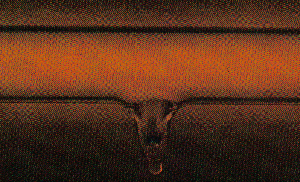 SKC Films Library SKC Films Library |
|
|
| SKC Films Library >> Science >> Chemistry >> Chemical Elements |
| Neon (Ne) the colorless gas that makes colorful lights
Chemical Properties Neon is one of the Noble Gases. It has the atomic number 10, and an atomic weight of 20.183. It liquefies under normal pressure at -246° C. Occurence and Sources Neon makes up about 18 parts per million in the Earth's atmosphere. Commercially, neon is obtained as a by-product of liquid air manufacture. When air is liquefied at about -200° C, neon is left behind as a gas. It is sold in glass tubes that contain 1 quart of neon under pressure. Uses Neon is used chiefly for filling lamps and luminous sign tubes. It is expensive, but very little is needed -- about one quart per 200 to 300 feet of tubing.
History British chemists Sir William Ramsay and Morris W. Travers discovered neon in the atmosphere while they were studying liquid air in 1898. Ramsay had predicted the existence of this gas one year earlier. Ramsay and Travers named the gas neon, from the Greek word meaning new. |
| SKC Films Library
>> Science >> Chemistry >> Chemical Elements This page was last updated on 04/29/2017. |

